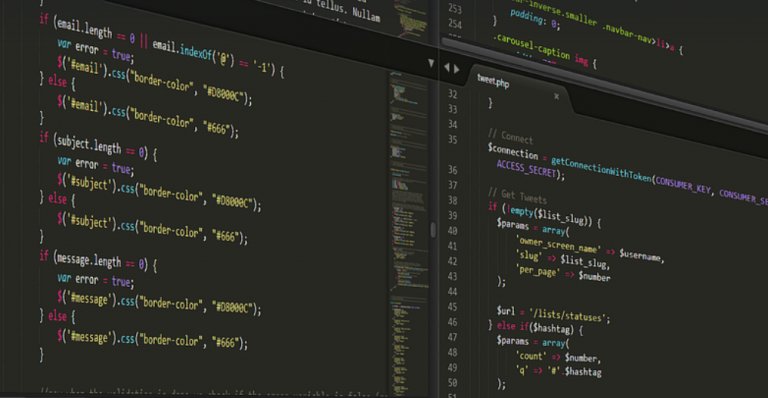Dive into the Heart of Culture, One Room at a Time
The Middle East is bursting with vibrant life and rich history. From bustling bazaars to serene desert landscapes, it’s a region steeped in tradition and a palpable sense of warmth. When it comes to interior design, this cultural heart offers a unique blend of sophistication, comfort, and timeless beauty.
The allure of Middle Eastern interior design lies not just in its breathtaking aesthetics but also in its ability to create spaces that are both inviting and deeply meaningful.
Imagine stepping into a traditional Arab house, where the air is thick with the aroma of spices and the soft glow of lanterns illuminates intricate mosaic floors. Every element—the patterned carpets, the ornate hand-crafted furniture, the delicate floral motifs woven into textiles—tells a story.
A key aspect of Middle Eastern design is its focus on creating a sense of intimacy and connection with nature.
The region’s arid landscapes have inspired architects to incorporate natural elements seamlessly into their designs. You may see sun-drenched rooms with geometric patterns, or perhaps a courtyard lined with olive trees, where the gentle breeze rustling through leaves creates a sense of calm and serenity.
In the heart of bustling Cairo, a traditional Egyptian home might feature intricately carved wooden screens that divide spaces while allowing natural light to filter through. These screens offer both privacy and visual interest, creating a space that feels both personal and inviting.
The use of vibrant colors is another defining characteristic. The warm tones of sunset hues and earthy desert greens are used extensively in fabrics, artwork, and even the choice of paint for walls.
One can’t talk about Middle Eastern Interior Design without mentioning one of its most iconic features: carpets.
These intricate works of art are more than just floor coverings; they act as tangible pieces of history, woven through generations to tell stories of resilience and culture.
The use of fabrics like silk, velvet, and wool adds an undeniable touch of luxury and richness. Imagine a luxurious Moroccan room adorned with hand-painted silk tapestries depicting scenes from Islamic legends or the intricate details of traditional mosques.
In the realm of furniture, you’ll find a blend of comfort and elegance.
Oversized cushions create cozy nooks for relaxation, while handcrafted wooden tables and chairs offer both practical utility and a touch of artistic beauty. The focus is on inviting guests into spaces where they can unwind and enjoy a sense of warmth and belonging.
The use of natural materials like wood, clay, and stone plays a key role in creating the authentic feel of Middle Eastern interior design.
Stone archways, intricate plasterwork, and carved wooden furniture all contribute to a sense of historical significance and authenticity. These elements create an atmosphere that feels both timeless and grounded.
In modern interpretations of Middle Eastern interior design, you’ll see a blend of traditional techniques with innovative designs.
Contemporary designers are incorporating these styles into their work, creating spaces that are both elegant and comfortable. Imagine a sleek modern apartment adorned with intricate Moroccan tilework or the soothing blues of a Turkish-inspired lampshade.
Whether you’re drawn to the ancient charm of traditional rooms or the comfort of contemporary designs, Middle Eastern interior design offers something for everyone.
The beauty of this style is its ability to seamlessly blend tradition with contemporary elements, creating spaces that are both inviting and timeless. Whether you’re looking to revamp your home or simply dream about a different lifestyle, the magic of Middle Eastern interior design can truly inspire.
As you explore these designs, remember that it’s not just about mimicking specific styles; it’s about capturing the essence of warmth, comfort, and cultural richness found in the heart of the Middle East.














